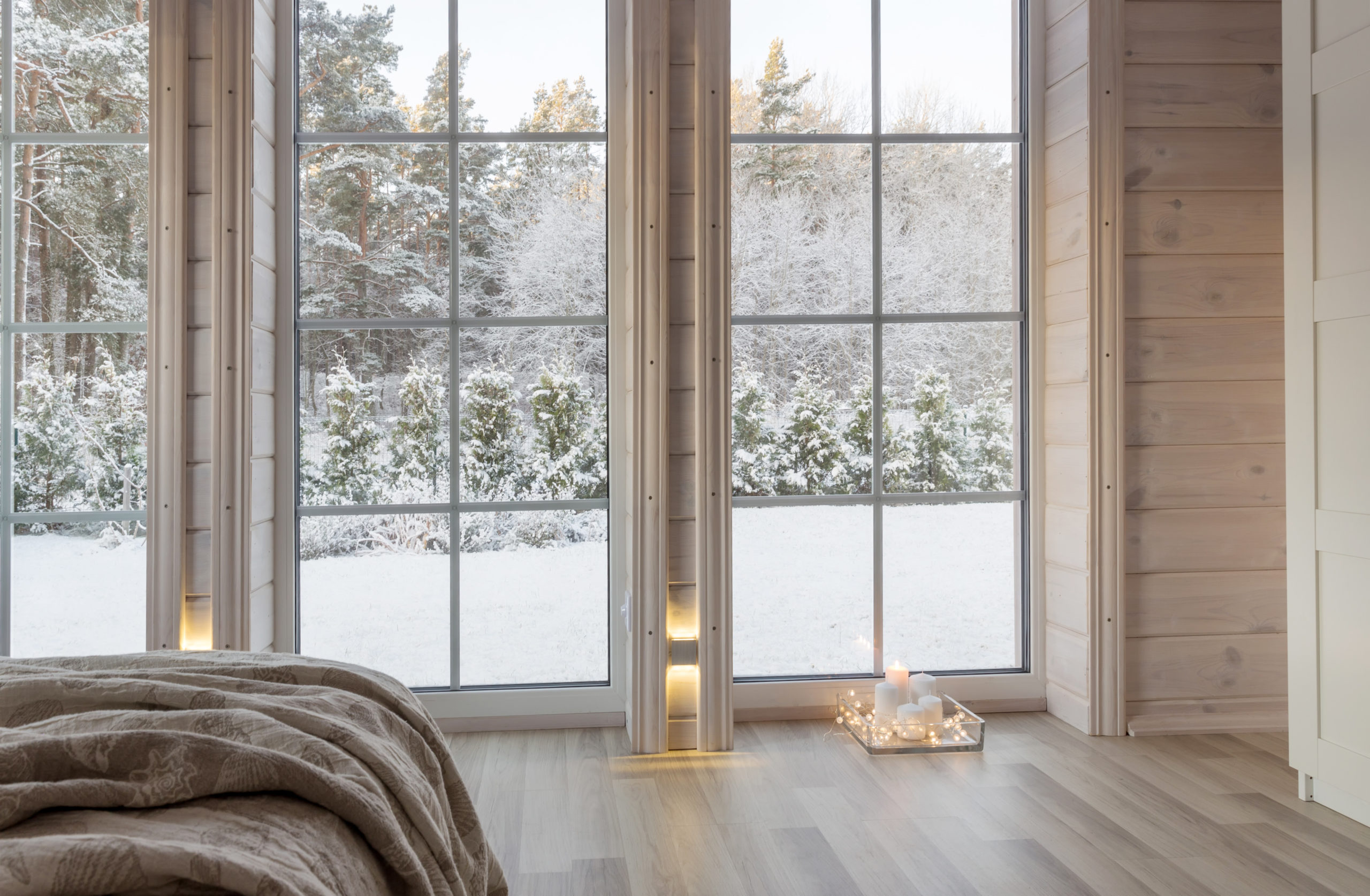Tips for home insulation, ventilation and energy saving
Even though energy conservation and improving the energy efficiency of one’s home are top priorities for many people, care should be taken to ensure a healthy living environment. The right choice of products and sufficient ventilation will help.
Tip 1: Watch out for harmless building materials
These days, external thermal insulation composite systems (ETICS), whether based on wood fibers, mineral wool or rigid foam, are in high demand – both for new-builds and for refurbishments. When refurbishing your home, it is advisable to not only insulate the walls but at the same time replace the old windows with new ones. For this purpose, make sure to use only products that are both energetically efficient and at the same time harmless to health. We recommend choosing insulation materials that have been awarded the Blue Angel eco label or the RAL quality mark. Also accessory products should be carefully selected. These include, for instance, joint sealants, compressed sealing tapes, joint sealing strips as well as boards and membranes used for decoupling and for substrate repair. It is best to opt for products that carry the EMICODE® label and thus guarantee the lowest possible emissions, especially with regard to volatile organic compounds (VOCs), which are harmful to human health.
Tip 2: Provide adequate ventilation
If properly insulated, modern building envelopes are windtight. For this reason, the residents need to ensure that there is a complete exchange of air several times a day so that the air inside the rooms always contains a sufficient amount of oxygen. This is healthy and promotes concentration, for example when working from home. Adequate ventilation also ensures that there is no increased humidity in the rooms, which would eventually result in harmful mold growth. The exchange of air can be achieved by manual ventilation or via a ventilation system. Central ventilation systems are more reliable than manual ventilation. They draw in fresh air from the outside and filter it before releasing it to the inside. At the same time, stale air with high humidity is extracted from inside the rooms, especially from bathrooms and kitchens, and transported to the outside. Advantage: A heat exchanger recovers 80 to 90 percent of the heat from the exhaust air and passes it on to the supply air. This minimizes the usual heat losses and saves a lot of energy. Please note: The filter systems require regular maintenance in order to prevent the spread of viruses, bacteria and fungi.
Tip 3: Use EMICODE® products to ensure a healthy indoor climate
Many people love underfloor heating. It provides comfortable warmth on floor coverings such as tiles, parquet, carpet or vinyl flooring. On top, it helps to save energy because it requires much lower flow temperatures than conventional radiators. However, full-surface bonding of the covering to the subfloor is crucial to ensure the efficient operation of the heating system. For the installation, make sure to use only adhesives, mortars and grouts that bear the EMICODE® label and are therefore very low in emissions. There is a triple benefit: cozy warmth paired with healthy living topped off with high energy savings.

Photo: ©olga18x27/123rf.com/GEV
Do You Have Questions?
If you have any questions on certain topics or want to contact us for another reason, please contact us by phone or email.
Phone: +49 (0)211 843 449 – 01
info@emicode.com
Share article on Social Media:
